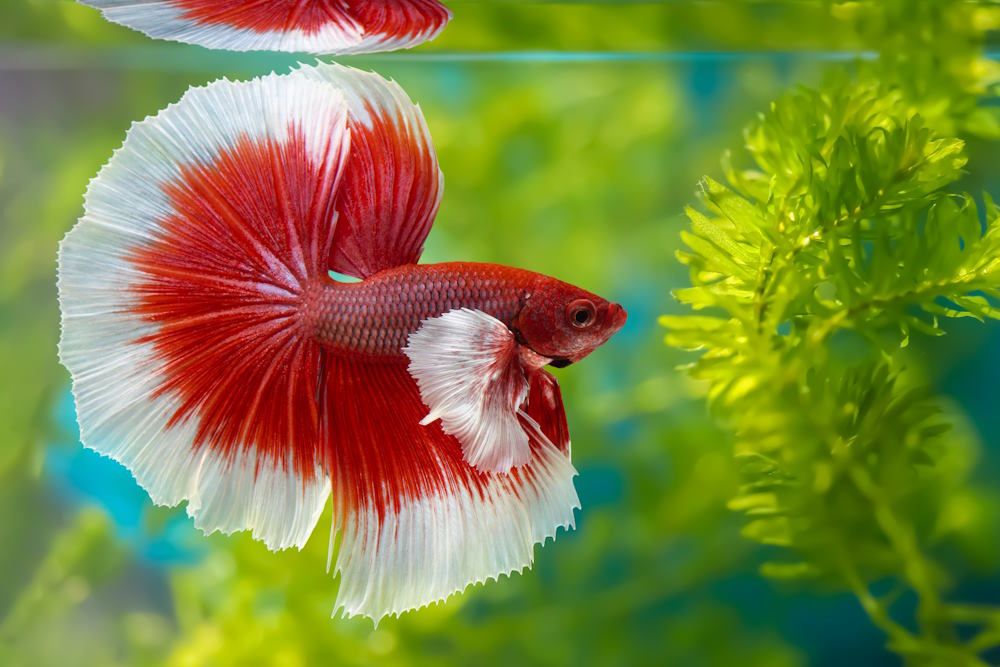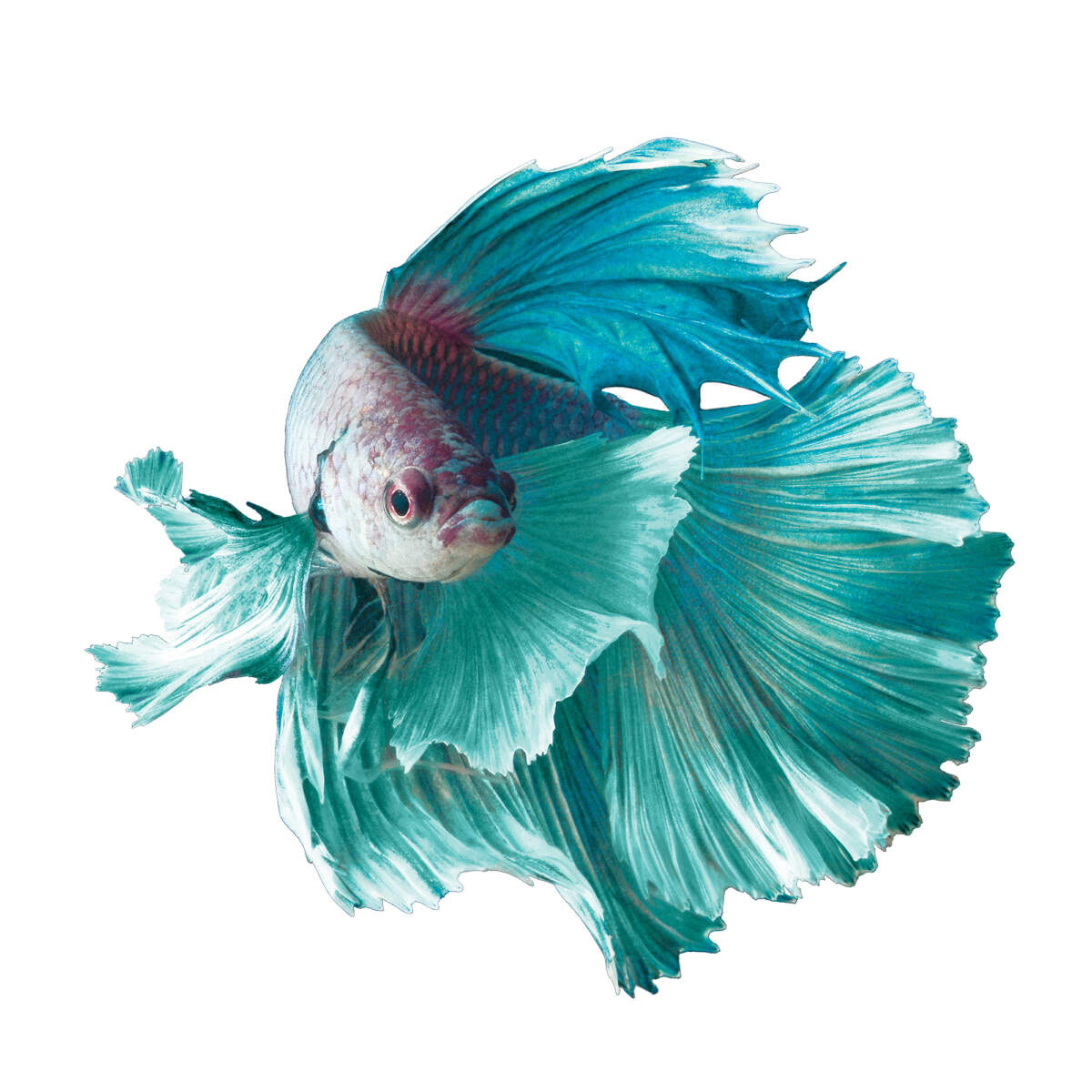How to Present Betta Fish to a Community Container Safely
How to Present Betta Fish to a Community Container Safely
Blog Article
The Ultimate Guide to Betta Fish Treatment: Crucial Tips for Preserving a Healthy And Balanced and Successful Fish Tank Atmosphere
Reliable Betta fish treatment demands a thorough understanding of their unique ecological and physical requirements. Establishing an ideal fish tank starts with selecting the right tank size and making certain optimal water problems, which are essential for the health and wellness and health of your Betta. In addition, recognizing appropriate feeding methods and developing a helpful habitat can considerably influence your fish's vigor and behavior. As you think about these foundational aspects, it becomes clear that keeping a flourishing fish tank atmosphere needs interest to detail and continuous dedication. What certain techniques will you implement to improve your Betta's top quality of life?
Selecting the Right Tank
Choosing the appropriate container for your Betta fish is crucial to guaranteeing its health and wellness and wellness. Bettas flourish in atmospheres that resemble their natural environments, which usually are composed of calmness, warm waters. A tank dimension of at the very least 5 gallons is advised to supply ample swimming area, as smaller sized containers can result in tension and health and wellness concerns for these dynamic fish.
When picking a storage tank, consider the container's shape and filtering system. In addition, a trustworthy filtration system is necessary to maintain water top quality and decrease the regularity of water adjustments.
Temperature guideline is another crucial factor; Bettas prefer water temperature levels between 76 ° F and 82 ° F. Buying an excellent heating unit will guarantee that the water stays within this variety, advertising a healthy and balanced and active way of living for your Betta. Lastly, giving suitable tank designs and hiding spots will help in reducing tension and encourage all-natural behaviors, even more boosting your Betta's well-being.
Preserving Water Top Quality
Maintaining ideal water top quality is essential for the health and longevity of Betta fish. This calls for normal monitoring of numerous parameters, including temperature, pH, ammonia, nitrite, and nitrate degrees. Bettas prosper in temperatures in between 76 ° F and 82 ° F, so maintaining a steady temperature is vital. Sudden fluctuations can lead to anxiety and disease.
Normal screening utilizing a reliable water testing kit can assist make sure these parameters continue to be within the ideal varieties. Ammonia and nitrite degrees should always be at 0 ppm, as also low concentrations can be poisonous to Betta fish.
Regular water changes are important to preserving water quality. Additionally, incorporating a robust filtration system can aid in keeping water clearness and quality, giving a healthier environment for your Betta fish.
Suitable Feeding Practices
Providing a balanced diet is critical for the health and vibrant pigmentation of Betta fish, as their nutritional requirements play a considerable duty in their general well-being. Betta fish are meat-eating naturally, requiring a diet high in protein. A mix of top quality pellets, frozen or real-time foods such as bloodworms, brine shrimp, and daphnia can provide the vital nutrients they need.
Feed your Betta fish two to three times a day, using only what they can eat within two to 3 mins to stop overfeeding and keep water quality. Overfeeding can result in excessive weight and health issues, including swim bladder disease. It is necessary to check their nutritional consumption and change portion dimensions accordingly.
In addition to protein, a well balanced diet regimen should include nutrients to promote optimal health and wellness. Take into consideration supplementing their diet regimen with high-grade flakes or pellets particularly developed for Betta fish, as these commonly consist of necessary additives.

Producing a Suitable Habitat

Water top quality is paramount; preserve a temperature between 76 ° F and 82 ° F, and ensure the pH level varies from 6 - betta fish.5 to 7.5. Routine water changes of 25-50% weekly will help maintain toxic substances at bay and make certain a stable setting
Incorporating plants and concealing spots is essential, as Betta fish are naturally territorial and delight in having locations to check out and pull back. Live or silk plants, along with caves and accessories, can develop a revitalizing setting.

Normal Wellness Checkups
Performing routine health and wellness checkups is vital for ensuring the wellness of Betta fish, as early detection of potential problems can avoid major illness. These examinations must incorporate a detailed exam of the fish's physical condition, behavior, and ecological variables.
Begin by observing the Betta additional hints fish for any type of indicators of distress, such as sleepiness, loss of appetite, or uncommon swimming patterns. Additionally, inspect the fins and body for indicators of discoloration, sores, or fin rot, which can indicate infections or bloodsuckers. Routinely monitoring the water high quality in the fish tank is equally crucial; specifications such as pH, ammonia, nitrite, and nitrate levels need to be maintained within optimum arrays to stop tension and illness.
Moreover, take into consideration keeping a log of health observations and water quality examinations. Prompt intervention can make a considerable distinction in the recuperation of your Betta fish, ensuring a long and healthy life in a well-kept fish tank atmosphere.
Final Thought
To conclude, successful Betta fish treatment rests on producing and keeping an optimal fish tank environment. Secret elements include choosing a properly sized container, ensuring consistent water top quality, adhering to excellent feeding methods, and creating an environment that decreases anxiety. Normal health and wellness check-ups are necessary for early discovery of possible concerns. By complying with these discover here standards, aquarists can promote the well-being and vibrancy of Betta fish, ultimately resulting in a growing aquatic ecosystem.
Report this page